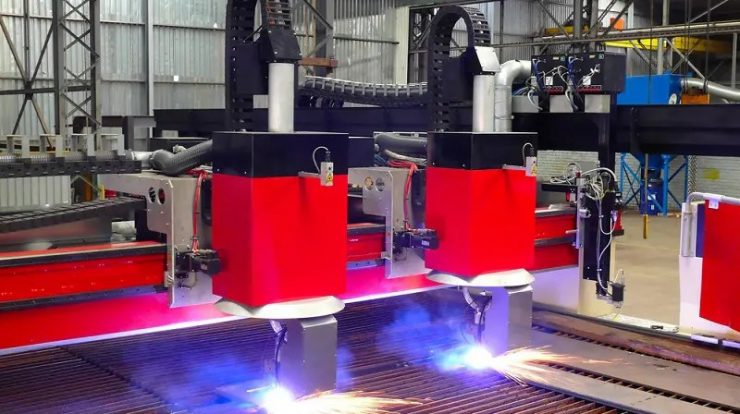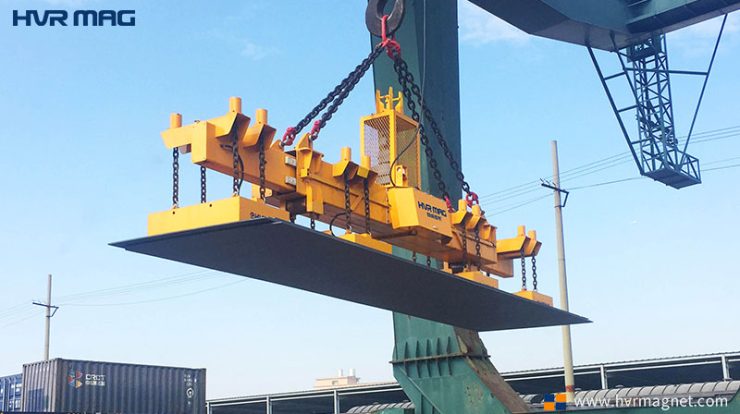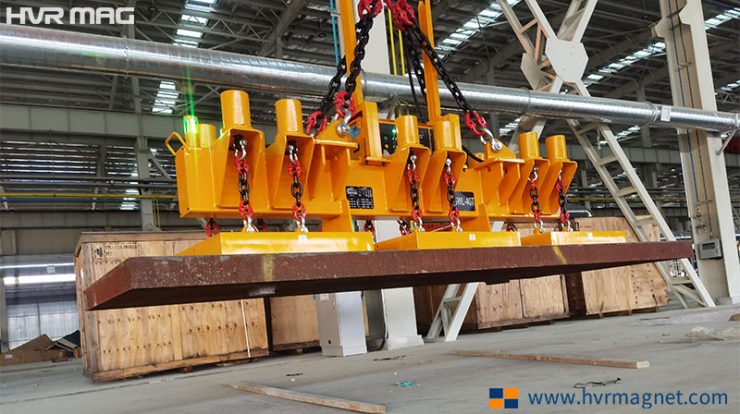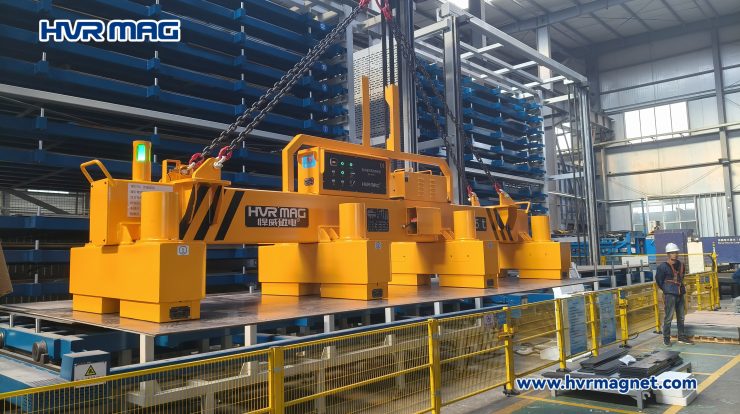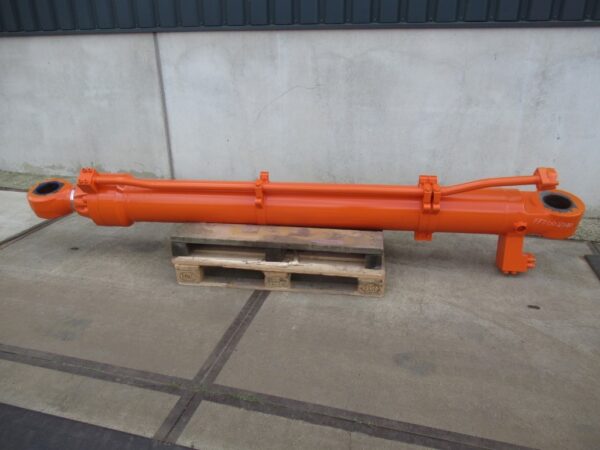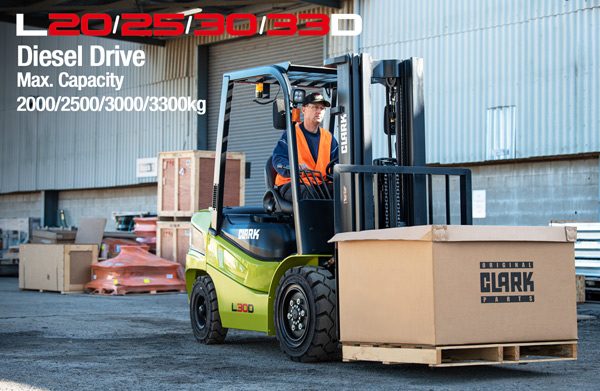Excavator attachments make excavators versatile
Under normal circumstances, the front end of the excavator is generally equipped with a bucket. However, in complex working conditions, it is difficult for ordinary buckets to come in handy. then what should we do? Excavator attachments are born.
It is understood that there are about 20 kinds of common excavator attachments on the market.
Below, let’s take a look at some of the more common excavator attachments.
-
Excavator breaker hammer
The breaker, also known as the hydraulic breaker, is adapted according to the tonnage of the excavator. Generally speaking, the larger the ton of the excavator is, the larger the hammer is, otherwise there will be a big horse-drawn cart or a small horse-drawn cart, which is useless for the excavator and the breaker. It is mainly used for ore mining and demolition of concrete. Be careful not to hit it empty during operation, otherwise it will damage the oil seal and piston of the breaker.
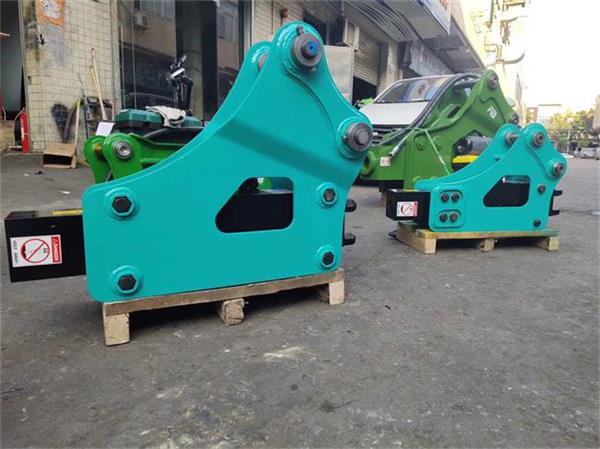
-
Excavator quick hitch
Quick hitch, also known as quick coupler or quick change coupler, this equipment is not used for construction, but is specially used to switch the breaker (or other excavator attachments) and bucket, the labor cost has been greatly increased around the world, a The requirements for the construction period are getting higher and higher, and saving time is saving costs. After the quick connector enters the market, it is gradually recognized and widely accepted by customers. Generally, the skilled operator will switch the equipment in less than 30 seconds. In the past, it took 40-60 minutes and more than two people to operate.

-
Ripper
Also known as ripper, the price of this equipment is determined according to the size of the excavator. The larger the excavator, the thicker the wear-resistant manganese steel plate used, and the stricter the welding process requirements. Regular manufacturers generally must require welding flaw detection equipment to ensure the quality of the factory. It is mainly used for weathering stone construction. The working conditions are layered and it is easier to use. The bucket is hard to dig, and it is a little wasteful to hit the breaker. At this time, the use of a ripper will greatly improve the construction efficiency. Or separate the weathered stone layer, and then use the quick connector to switch the bucket loading to complete the project with the fastest speed.

-
Wood grabber
Also known as wood grabber, it is divided into hydraulic wood grabber and mechanical wood grabber. Hydraulic wood grabber is divided into hydraulic rotary wood grabber and fixed wood grabber. After the redesign and modification of the claws, the wood grabber can be used to grab stones and scrap steel. As soon as you hear the name, you will know what it is used for. It is mainly used to grab wood and bamboo. The loading and unloading truck is very fast and convenient. The market is not very popular in China. It is mainly used to grab bamboo and branches. Grab large stones and scrap steel, there are many working conditions.
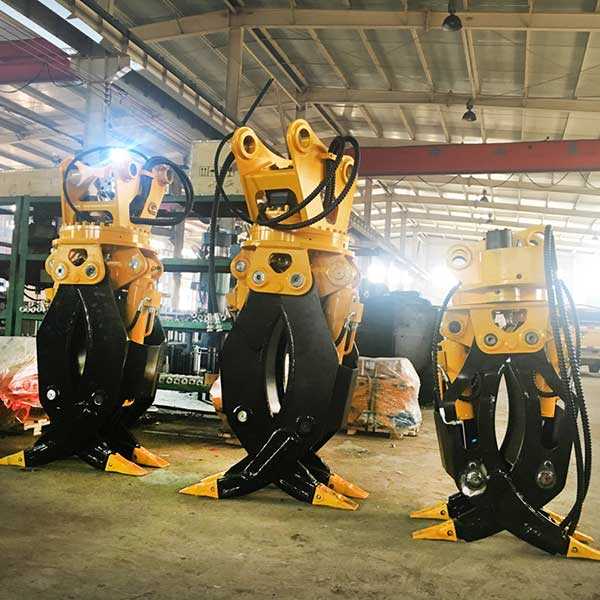
-
Hydraulic Vibration Compactor
Hydraulic vibratory compactor is also called vibratory compactor. It is mainly used in combination with excavators. It is installed at the original bucket position at the front end of the stick, and is driven and controlled by the hydraulic power of the excavator. Simple structure, easy to use and maintain. It is suitable for various terrains and various working methods. It can complete the compaction treatment of plane compaction, inclined surface compaction, groove and pit compaction and other complex foundations.

-
Lawn mower
The excavator lawn mower is an excavator attachment used to trim large-scale barren vegetation. The output shaft of the hydraulic motor is equipped with a blade. The blade uses the high rotation of the hydraulic motor to cut, which saves the work time of the weeding workers and reduces a lot of Human Resources.

-
Earth auger
The auger rig is suitable for landscaping, well drilling, tree planting and drilling, coal sampling, foundation column drilling, deep pit wells for bridge columns, drilling of deep holes for wind turbine columns, and drilling of pole holes (holes) and other construction environments.


